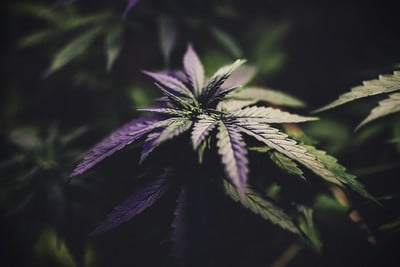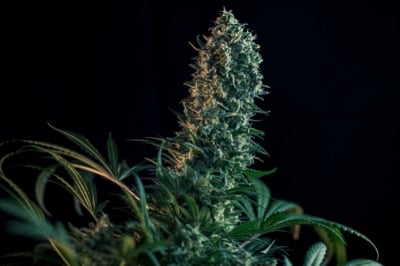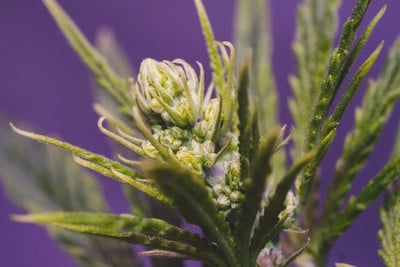Included FREE items

What To Do When Your Indoor Cannabis Won’t Flower
- Growing cannabis step by step
- Cannabis growing basics
- Choosing your seeds
- How to germinate seeds
- The cannabis vegetative stage
- The cannabis flowering stage
- Harvesting cannabis
- Trimming, drying, and curing
- Choosing pots and soil
-
Growing indoors
- A Complete Overview Of Growing Cannabis Indoors
- Cannabis Cultivation Tips: How To Set Up Indoor Grow Lights
- How Many Cannabis Plants Can You Grow Per Square Metre?
- Indoor Cannabis Growing: Relative Humidity and Temperatures
- Hydroponics Cannabis Growing Guide (with diagrams)
- Cannabis Micro Growing: Growing Great Weed in Tiny Spaces
- Growing outdoors
- How to grow autoflowering cannabis
- Cannabis nutrients and pH
- Cannabis troubleshooting: Nutrients
-
Cannabis troubleshooting: Growing
- Cannabis Seed Germination — Troubleshooting Guide
- How to Deal With Pythium (Root Rot) in Cannabis Plants
- Slow Cannabis Plant Growth And What You Can Do About It
- How to Prevent and Fix Stretching in Cannabis Seedlings
- Watering Your Cannabis: How To Fix Over And Underwatering
- Understanding Male, Female, And Hermaphrodite Cannabis
- Identifying and Treating Common Cannabis Ailments
- How To Revive a Sick Cannabis Plant
- How to Avoid Mouldy Weed During Drying and Curing
- How to Prevent and Treat Dry and Crispy Cannabis Leaves
- What Cannabis Leaves Can Tell You
- Yellow Cannabis Leaves
-
Cannabis Strains Grow Report
- HulkBerry Automatic Grow Report
- Blue Cheese Auto Grow Report
- Purple Punch Automatic Grow Report
- Triple G Automatic Grow Report
- Do-Si-Dos Automatic Grow Report
- Green Gelato Automatic Grow Report
- Haze Berry Automatic Grow Report
- Purple Queen Automatic Grow Report
- Cookies Gelato Automatic Grow Report
- Sherbet Queen Automatic Grow Report
- Sweet Skunk Automatic Grow Report
- Medusa F1 Grow Report
- Cannabis plant training
-
Weed growing tips
- The Cannabis Plant Anatomy
- How to preserve seeds
- How Much Sunlight Do Outdoor Cannabis Plants Need To Grow?
- How to Control and Prevent Stretching in Cannabis Plants
- How And When To Transplant Your Cannabis Plants
- My Cannabis Plants Are Growing Too Tall: What Should I Do?
- Should You Worry About Purple Or Red Cannabis Stems?
- What To Do When Your Indoor Cannabis Won’t Flower
- How To Protect Your Cannabis Plants From Heat Stress
- How To Tell If Your Female Cannabis Plant Has Been Pollinated
- Growing Medical Marijuana
- Bud Washing: How to Clean Your Weed
Contents:
- When does the photoperiod flowering stage begin?
- How do you force a photoperiod plant to flower?
- Why do some plants take longer than others?
- How to know the size of your plants
- How long does it take for buds to appear?
- What happens in the first week of flower and how buds form
- Growing plants at the equator
- Why your cannabis plants aren’t flowering: are they males?
- When do autoflowers start flowering?
- How to force autoflowers to bloom
- How do I know when my autoflower starts budding?
Does it seem like your cannabis plants should be flowering by now? Don't worry, there are several reasons your plants are taking their time—most of them harmless! It might simply be a matter of tweaking humidity, making sure your growing tent is dark enough, or being a bit more patient. With that said, there are other more obscure reasons why you're plant aren't flowering. If your plants are late to bloom, keep reading to find out what to do about it.
When Does The Photoperiod Flowering Stage Begin?
The flowering stage begins at different times depending on the type of plant you’re growing. Photoperiod varieties, which most strains grown today are, depend on the changing of the seasons (and sunlight hours, in turn) to know when it's time to begin the flowering stage. For this reason, simply shifting the light cycle to 12 hours on and 12 hours off will drive them to flower.
But what's the internal response like when cannabis plants notice a specific light pattern? Well, during the vegetative stage, they know to use their sunlight energy to focus on building hefty stalks, wide-spanning leaves, sturdy branches, and strong stems. When the light shifts, however, they understand it's time to spend that same energy on developing the buds that will cover said branches and stems.
Indoor growers have almost complete control of the light cycle. Instead of having to conform to the timing of the sun, they can choose to extend the vegetative phase at will. Some growers like to push the vegetative stage for months—resulting in large and mature plants when done correctly. Others prefer to kick start the flowering process prematurely, enabling smaller but more frequent harvests.
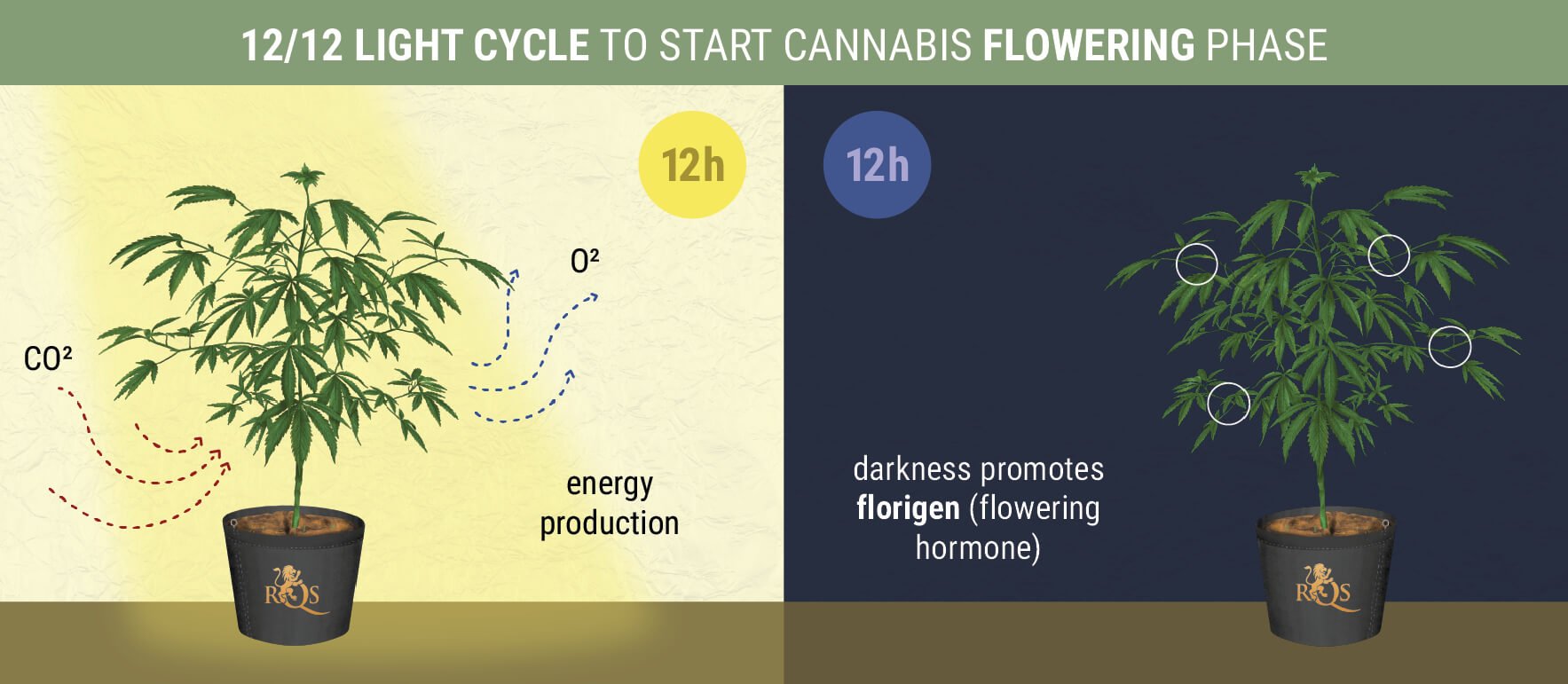
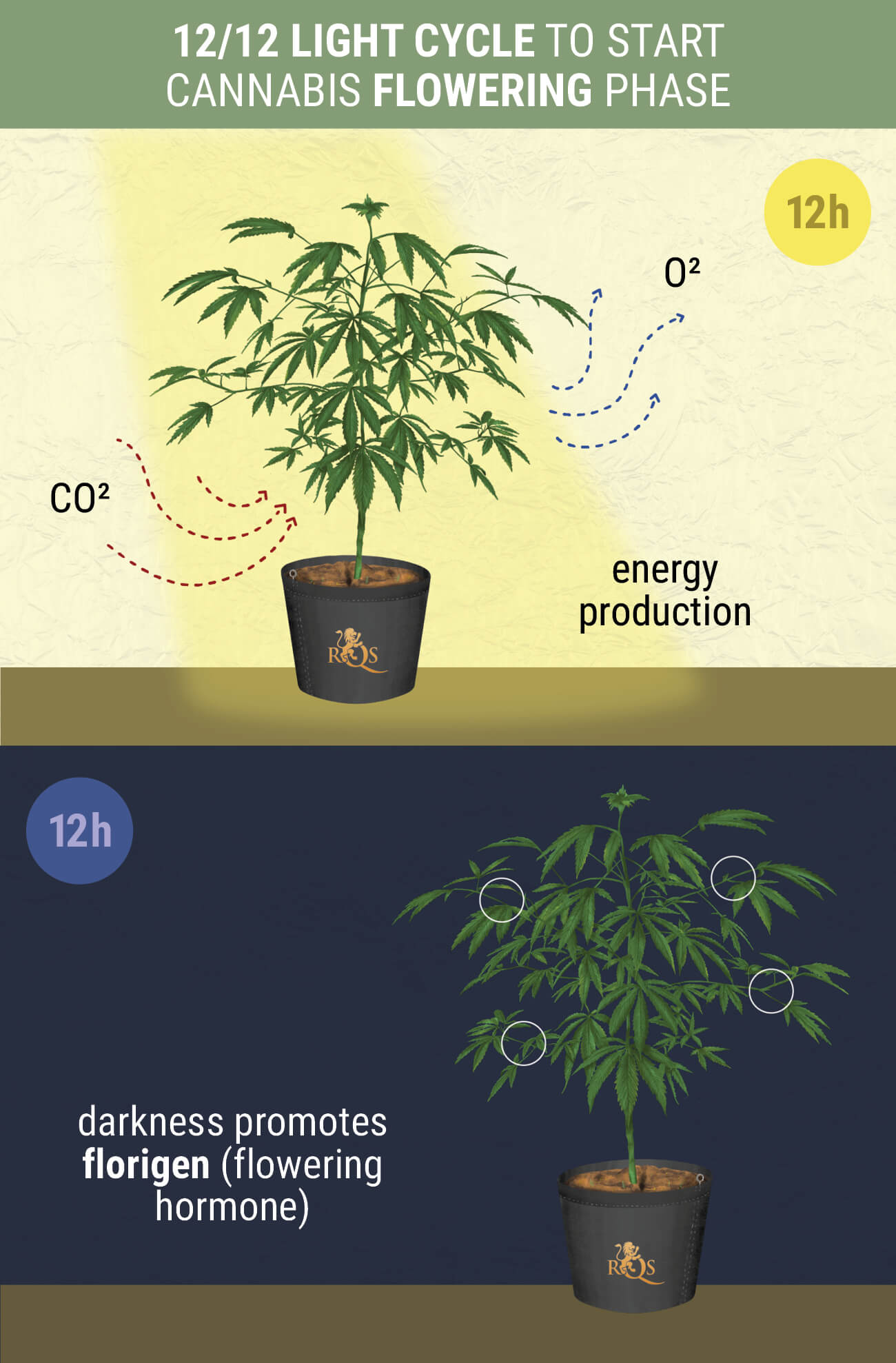
How Do You Force A Photoperiod Plant To Flower?
If you’re growing photoperiod plants, you have the ability to force them into the flowering phase whenever you see fit. Before you initiate the flowering stage, make sure your vegetating plants have grown enough to provide a good harvest. Bigger canopies provide more bud sites, and therefore offer better yields.
When you’re ready, you only need to do one thing: alter the light period. Set your timer to run a 12/12 light cycle that mimics late summer and early autumn. This environmental shift will trick your plant and force them into reproductive mode.
No Exposure to Extra Sunlight or Light Leaks
Although this works most of the time, some cultivators run into some issues. First of all, you need to check that your plants aren’t receiving any excess light. Make sure lights outside of our grow tent or grow room aren’t leaking into the environment. Anything from street lights to night lights can trigger your plants and make them believe they still have time to vegetate.
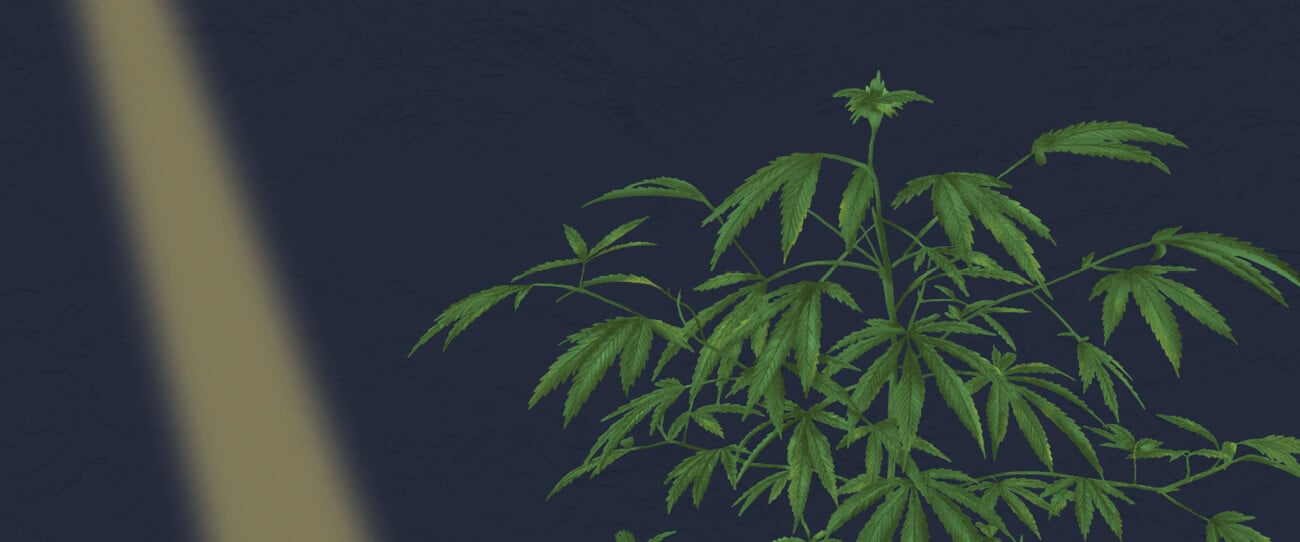
Mimic Their Natural Habitat
If your plants are still refusing to flower, you can take things one step further to mimic the traits of autumn. Slightly reduce the temperature of your growing tent and improve ventilation to bring moisture levels down. In turn, you should shift their light hours to imitate the seasons changing, even giving them a bit less light (around 11–10 hours only) if they're not reacting quickly enough. This environmental shift will also signal to your crop that it needs to flower soon.
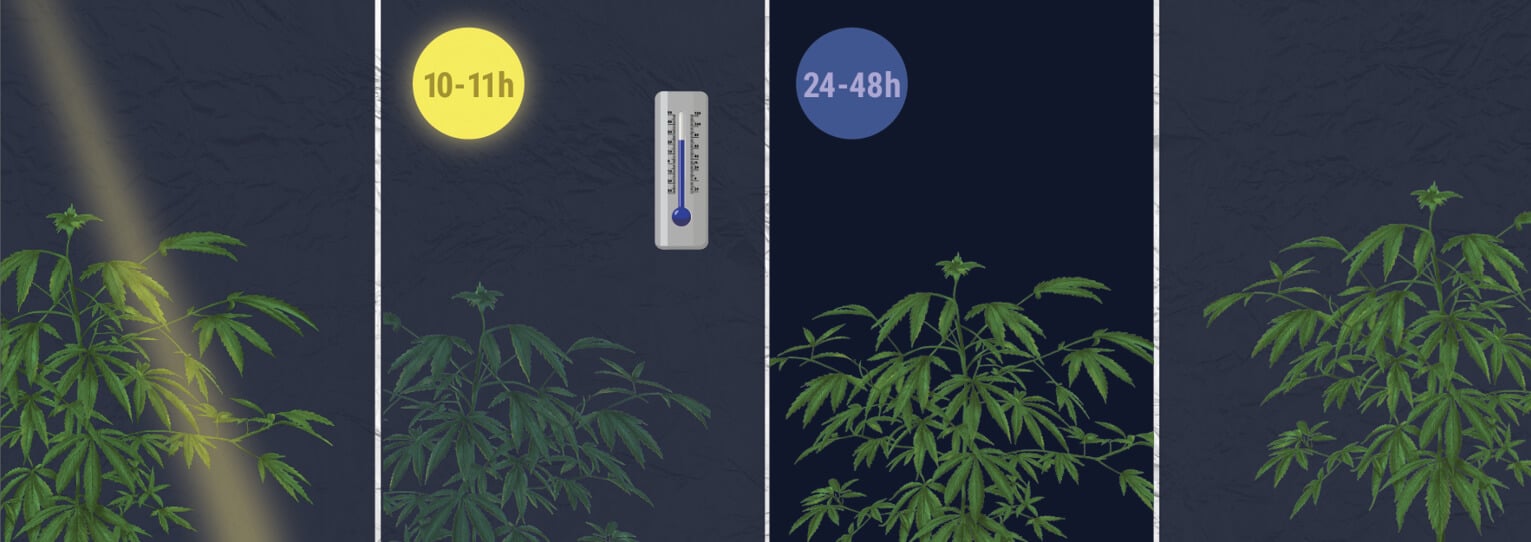
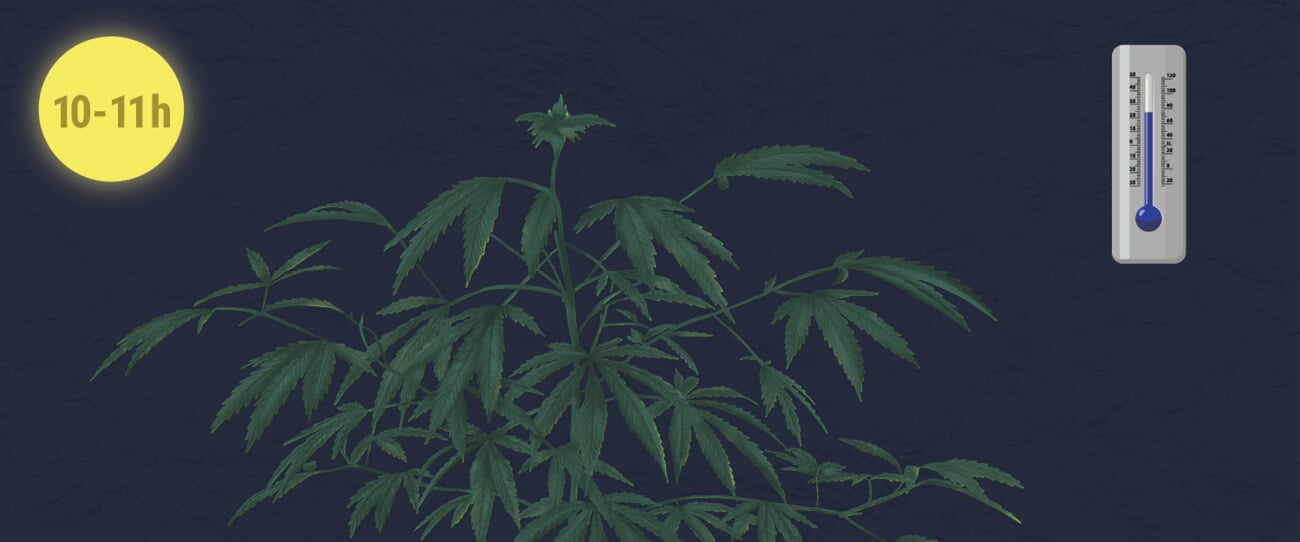
Shock Your Plants With Darkness
If that doesn't work, it may be time to take some more intense measures. In particular, you may have to keep your plants in darkness for anywhere from 24 to 48 straight hours. This may seem like it would be detrimental to your plants, but that time period is, thankfully, not long enough to harm the growth. It should be long enough, however, to convince your plants that it's time to start the flowering phase.
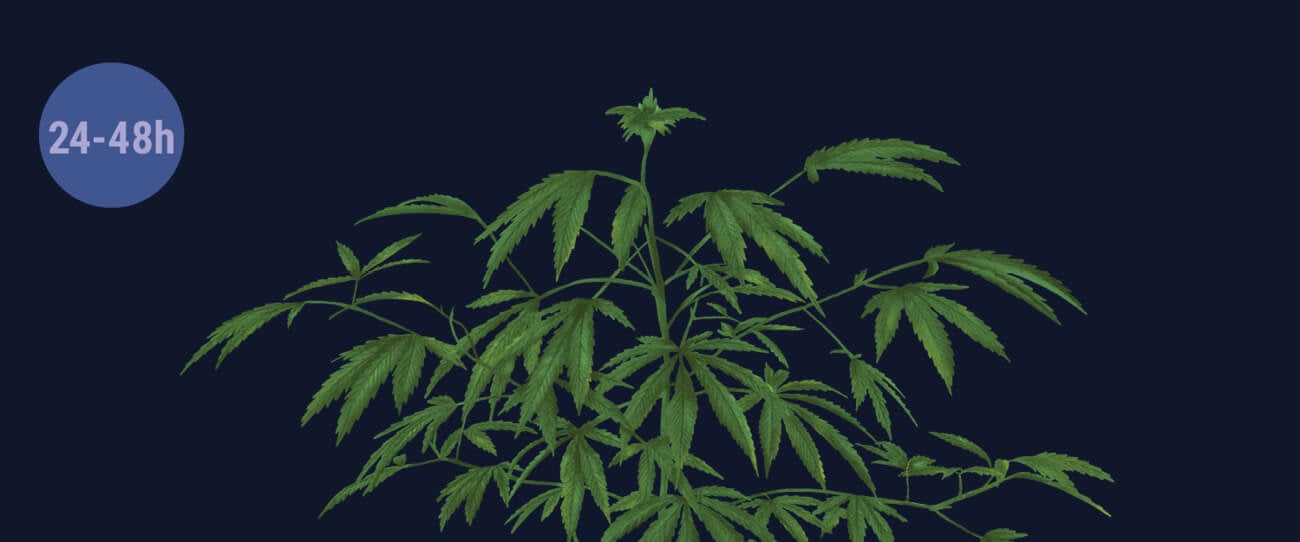
Don't Interrupt Your Plants In The Dark
As you keep all of this in mind, you should also remember to not tend to your plants, or even check in on them, while they're in the dark. They're doing a lot of internal work during those time periods, using up all the energy they spent the day passively gathering, so any tampering done with them could lead to some significant issues. If there's something you really have to adjust with them, wait until you have them back in the light.
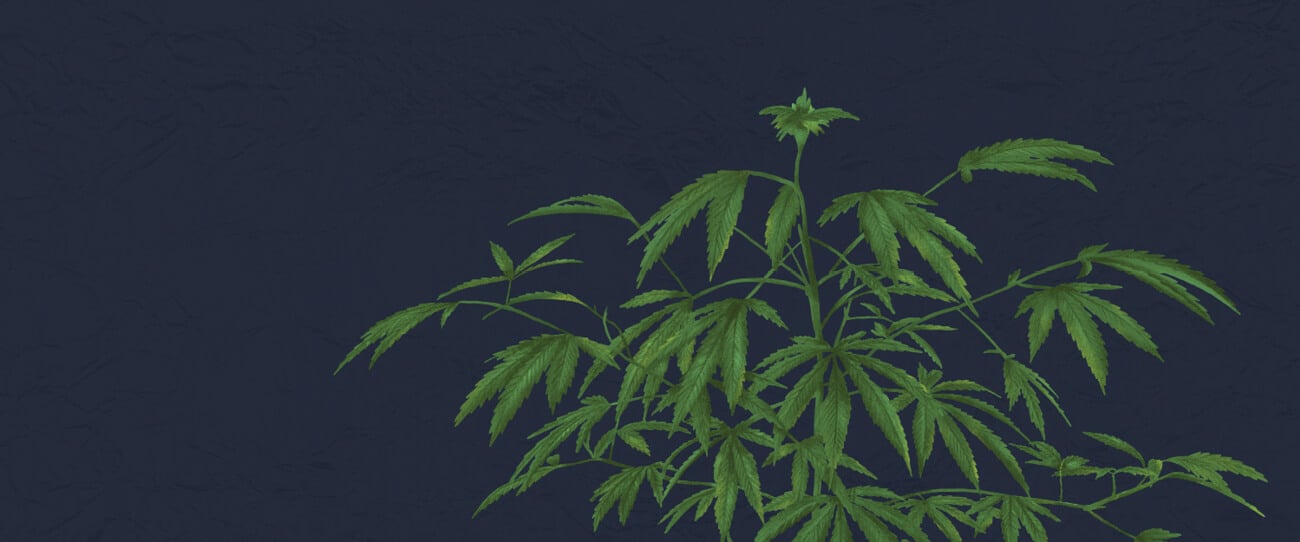
Why Do Some Plants Take Longer Than Others?
When it comes to photoperiod strains, indoor growers have almost complete control over when their plants enter the flowering stage. By simply switching the light cycle to 12 hours on and 12 hours off, cultivators can initiate flowering whenever they please.
Most growers choose to wait until their vegetating plants reach a respectable size, and this varies from strain to strain. Some plants—mostly those intentionally bred for speed—mature quickly. Others take longer to reach a good height, especially large sativa specimens. If you want to wait for these large plants to mature in the vegetative phase, you’ll inevitably be waiting longer for flowers.
Indicas, however, being first found in the Hindu Kush mountains, are genetically wired to begin flowering more quickly, as this trait would allow them to reproduce before harsh conditions drove them to wilt.
How To Know The Size Of Your Plants
Plant size depends on two primary factors: container size and genetics. Some strains are genetically smaller, ideal for stealth growing, and will remain small regardless of their environment.
Other plants will grow in excess of 300cm when cultivated directly in the ground or within large containers. However, growers can also tame these plants using training techniques and by keeping them in smaller pots.
To get a rough estimation of the size of a specified strain, check out the profile of the cultivar provided by the seed bank you’re buying from.
How Long Does It Take For Buds To Appear?
Before you worry about your plants not flowering, you first need to give them adequate time to make the transition. After shifting the light cycle in your growing room, you’ll need to wait patiently over the next 2–3 weeks for your plants to start showing visible signs of flowering.
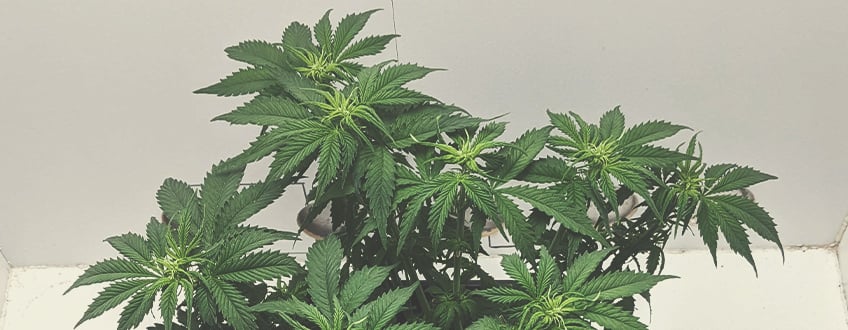
What Happens In The First Week of Flower and How Buds Form
Keep an eye on the nodes—the intersection between the main stem and branches—to watch the progress unfold. In the early stages, you’ll notice small white hairs protruding from these areas. Soon after, these tiny structures will begin unfolding into plump and resinous buds.
You’ll also notice a change in the rate of growth after initiating flowering. Before putting out any buds, cannabis plants stretch towards the light and put on some impressive size. In particular, sativas can potentially double their size during that time. Indicas grow significantly as well, but not to that extent. Generally speaking, though, if you notice your plants growing in this manner, you’ll know you’re on the right track.
Growing Plants At The Equator
Growing cannabis indoors removes most of the variables that nature throws at outdoor cultivators. Although free from fluctuations in light, rain, and adverse weather, indoor growers are still subject to climate factors such as temperature and humidity. Cannabis growers that live in equatorial regions are particularly affected by high levels of moisture, which can become quite problematic when growing weed—particularly during the flowering stage where compact buds can become a hotbed for moisture-loving pathogens.
Cannabis plants that have evolved near the equator may also feature traits that mean they take longer to flower. Sativa species that have specialised in these regions may take a stronger push to get them to realise that the days are becoming shorter.
The light cycle remains at around 12/12 at the equator with very little seasonal variation. If your sativas from this region are struggling to push through to the flowering stage, be extremely strict with light exposure indoors. Limit any and all leaks, don’t disturb your plants during their time in darkness and reduce the amount of lighting to 10 hours of lights on and 14 hours off to really force the flowering to begin.
Why Your Cannabis Plants Aren’t Flowering: Are They Males?
Don't worry. You’re not the first to make this mistake if they are. Male plants don’t produce flowers. Instead, they form ball-shaped pollen sacs at the nodes. If you spot a male in your growing space, remove it as soon as possible to avoid fertilisation of your other plants.
When Do Autoflowers Start Flowering?
In contrast to photoperiod strains, autoflowering plants flower based on an internal clock. They evolved in northern latitudes with shorter growing seasons. Their ancestors couldn't afford to wait around and depend on external cues for survival. Autos feature comparatively shorter life cycles and typically begin flowers after five weeks of growth.
How To Force Autoflowers To Bloom
Autoflowering plants initiate the bloom period themselves the vast majority of the time. Around five weeks after germinating, their genetics push them into the flowering phase under the premise that they’re dealing with a short and risky growing season.
Many growers greatly value this unique adaptation. It makes for much shorter growing times and rapid harvests that benefit stealthy and commercial growers alike.
However, on rare occasions, this internal mechanism fails. Some genetic malfunction causes autoflowering strains to continue cruising in the vegetative phase. Although this can cause distress in the grower and waste a little time, you can still salvage these plants.
First of all, you should wait a little longer. Oftentimes these plants just need a little time to catch up and eventually get the message. If your plants are still showing no sign of flowering after an additional three weeks, you’ll need to take other measures. Reducing the life cycle to 12/12 usually provides enough of a stimulus to force these stubborn specimens into the flowering phase.
How Do I Know When My Autoflower Starts Budding?
Again, if you want to know precisely when your autoflowers start budding, you need to keep a close eye on the nodes. As soon as you see small pistils appear at these locations, take it as a sign that you have cannabinoid-rich flowers on the way.


























